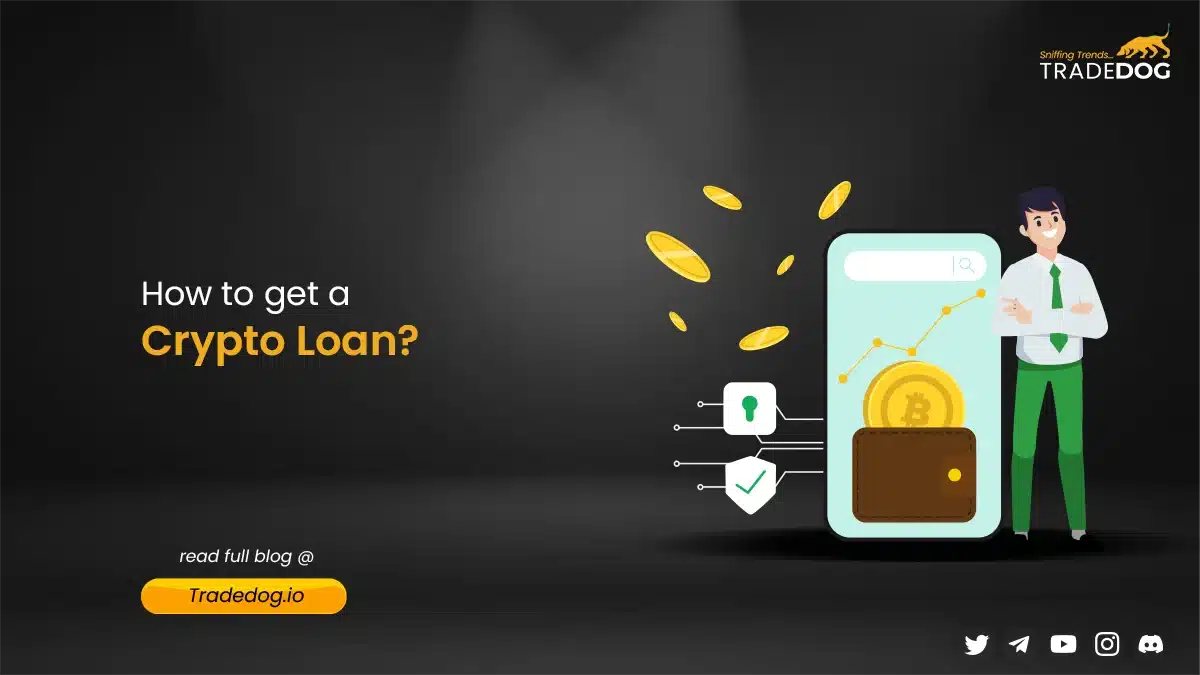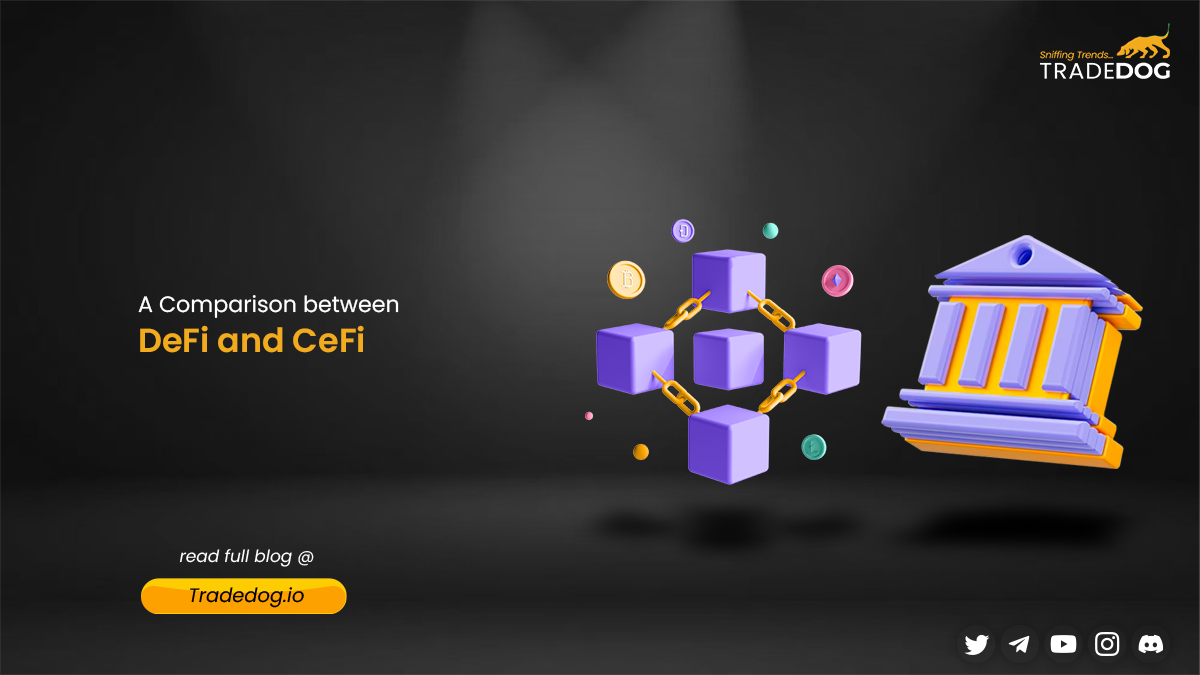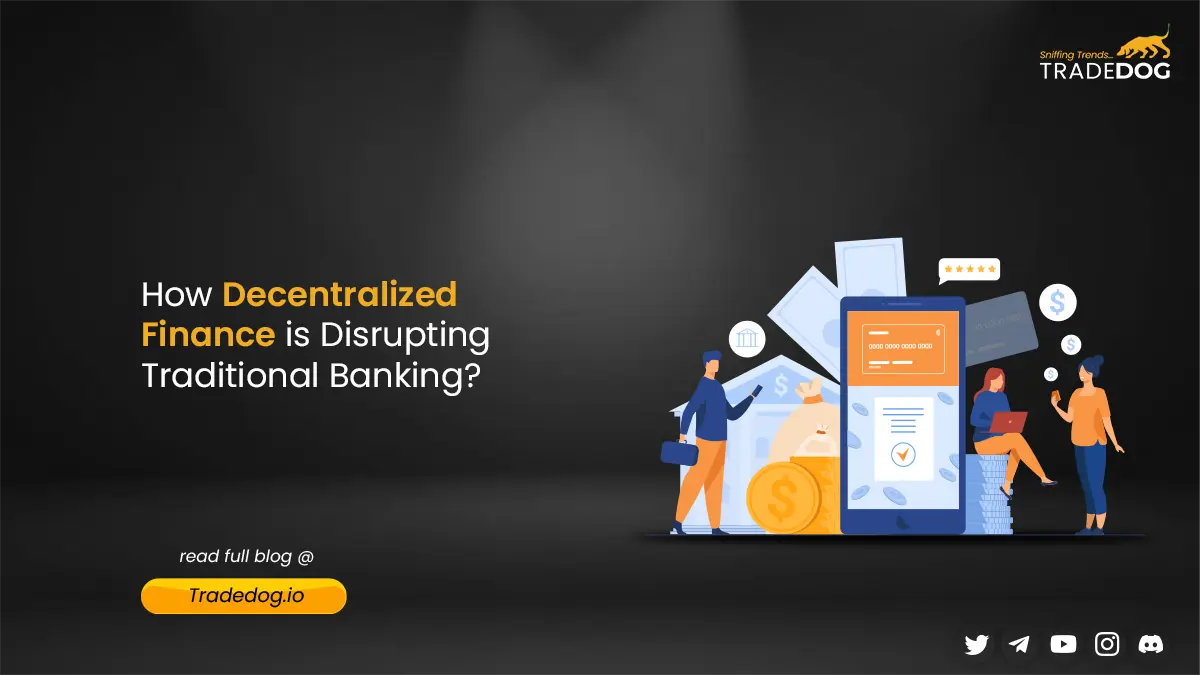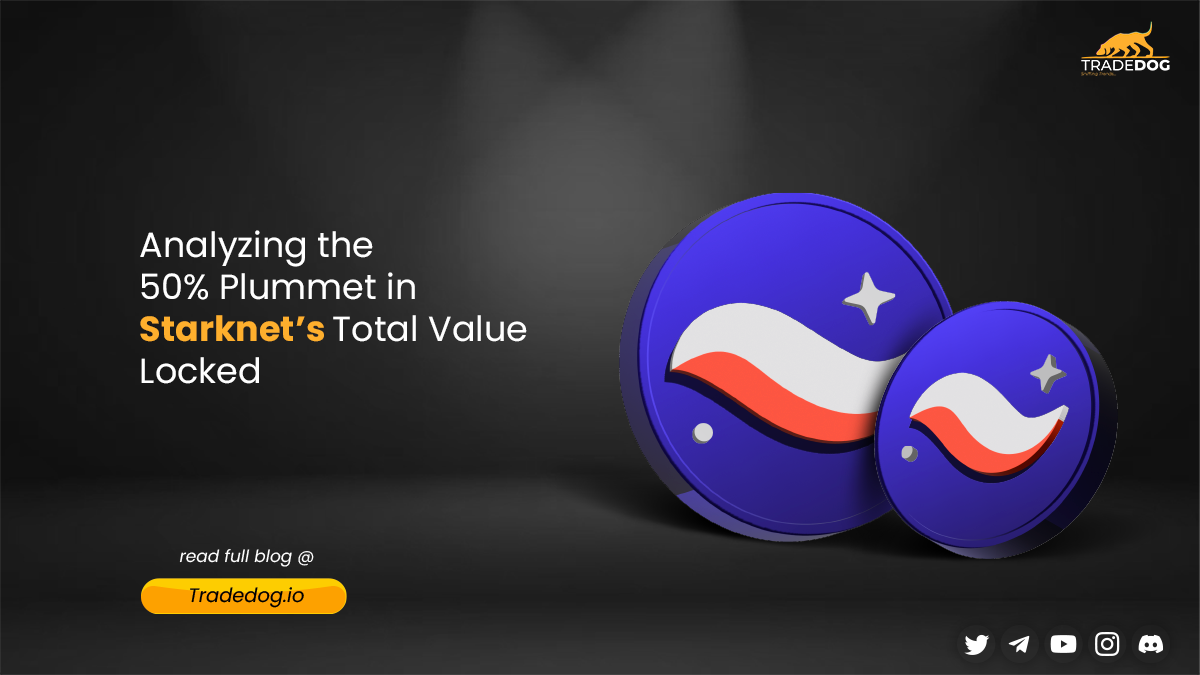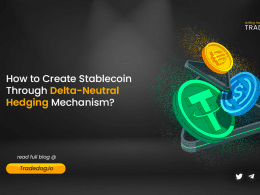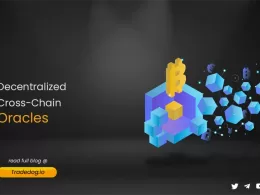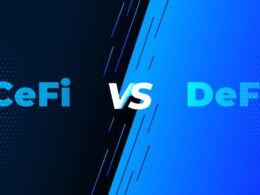Quick Links
The Decentralized finance (DeFi) market is growing significantly with the development of its new use cases, widespread cryptocurrency adoption, and the emergence of new platforms. As per Statista, it is expected to witness a surge in revenue growth of more than 200%. However, due to its decentralized nature, it becomes increasingly challenging to consolidate data from various sources and track the multitude of DeFi applications. This is where platforms like DeFiLlama come into play. It has gained significant traction, with more than 500K unique visitors in June 2023.
What is DeFi Llama?
DeFiLlama is one of the largest data aggregators for the DeFi sector. It provides users with information on key metrics, including total value locked (TVL), APY, volume, and market capitalization across multiple chains like Ethereum, Polygon, Arbitrum Avalanche, and more. It has established itself as an accurate source of DeFi market data and research tools, offering individuals access to current real-time information without any costs.
How does it work?
The main aim of DeFi Llama is to provide non-biased statistics for the DeFi industry. It sources data from over 80 layer-1 blockchains & hundreds of apps. The value of most of the tokens is taken from Coin Gecko’s API. If this can’t be done, it is commonly done by comparing the pool weights of a very liquid Uniswap market.
Features of DeFi Llama
DeFi Llama is a valuable resource and a must-have tool for anyone who wants to stay up-to-date on the latest developments in the DeFi space:
(I) Accurate & Real-Time Data: DeFiLlama has gained recognition as one of the most precise DeFi market data providers, ensuring users can access the latest data and information without cost.
(II) Multi-chain Tracking: The platform tracks information across major chains with multiple filters for users to gain deeper insights. For instance: A user can easily find the chain breakup details while viewing the TVL of a protocol. This comprehensive approach enables users to monitor and analyze DeFi applications across different ecosystems.
(III) Comparative analysis: There is an option for users to compare chains based on fees, TVL, revenue, and active users and also to compare different borrowing, liquid staking, and other protocols. It helps users to get deeper insights into DeFi protocols at their convenience.
New Additions in DeFi Llama
DeFi Llama has added an array of new features and tools to its platform, which makes it more competitive and useful for its users:
(I) NFT Collections: The platform has recently expanded its reach to provide data on the NFT market. They provide insights on top NFT collections, top marketplaces, and the respective market share captured by them, along with changes in volume. They also provide data on total earnings with a bifurcation of revenues via minting & royalties.
(II) Governance: Users can now find data on total governance proposals conducted on protocols, along with the ones that were successful and passed in the last 30 days.
(III) Token Liquidity: This is another new tool added by them where a user can get data on swaps for different tokens on numerous exchanges, which can help users to analyze and select the best available option. You can refer to the example exhibited below to understand how it works.
(IV) Trending Contracts: Users can find data on which contracts have been most trending on the chains Ethereum, Polygon, and Arbitrum, along with insights on the number of transactions, active accounts, gas spent, and its growth.
They have also added new tools like DeFi News, which provides data and recent happenings of the crypto and decentralized finance world. They have added the DeFi Llama chrome extension along with Llama nodes, a low-cost RPC provider. While these tools are active, new additions like data on treasuries, protocol expenses, and reports will be active soon.
How does DeFi Llama make money?
DeFi Llama is an open-source project that runs no ads and provides information free of cost. It generates no revenue and is operated by donations. The raised funds are only utilized to pay the team working on DeFi Llama and cover the server costs.
DefiLlama User Insights
(I) Unique Visitors
Launched in October 2020, DeFi Llama has gained wider popularity in the DeFi market to provide a centralized hub for information to DeFi users. It had around 500K unique visitors in June, while the maximum was in March 2023, with more than 700K visitors. Currently, it has the maximum number of users from the USA & Australia, followed by Germany and France.
(II) Average Duration Time
The average duration represents a user’s time per visit on the platform. It has been more or less consistent from January onwards, with approximately more than 15 minutes.
(III) Source of Traffic
The exhibit below represents the medium through which DeFi Llama has attracted the maximum traction to its website. 67.6% of the traction comes through direct channels, highlighting the platform’s popularity and need. In comparison, more than 15% comes from organic searches and referrals.
DeFi Llama Alternatives
While DeFi Llama has gained significant traction, it faces cutthroat competition from other data aggregation platforms like DeFi Pulse, Dapp Radar, Etherscan for Ethereum, CoinGecko, and others.
(I) Dapp Radar: Another popular data aggregator that provides information specific to DeFi and of NFT, gaming, and other segments. It offers a freemium model where only a limited amount of data is available free of cost. It has launched a RADAR token primarily used to vote for proposing initiatives on the platform and purchase the premium/PRO version of the platform.
(II) Nansen: Nansen is a blockchain analytics platform that provides data on various DeFi protocols, including TVL, market cap, and active addresses. However, to access the information, a user needs to add payment details and offer only a 7-day standard trial post subject to charges.
Conclusion
As the DeFi sector continues to grow, there will be a greater need for a platform that provides up-to-date and reliable data. The team at DeFi Llama is already catering to the market by sourcing data from open and permissionless protocols while also having plans to enhance the platform and integrate more protocols and chains to introduce new features like notifications and alerts. A few updates have already been implemented on the website, including new metrics like DEX volumes and transaction fees.






